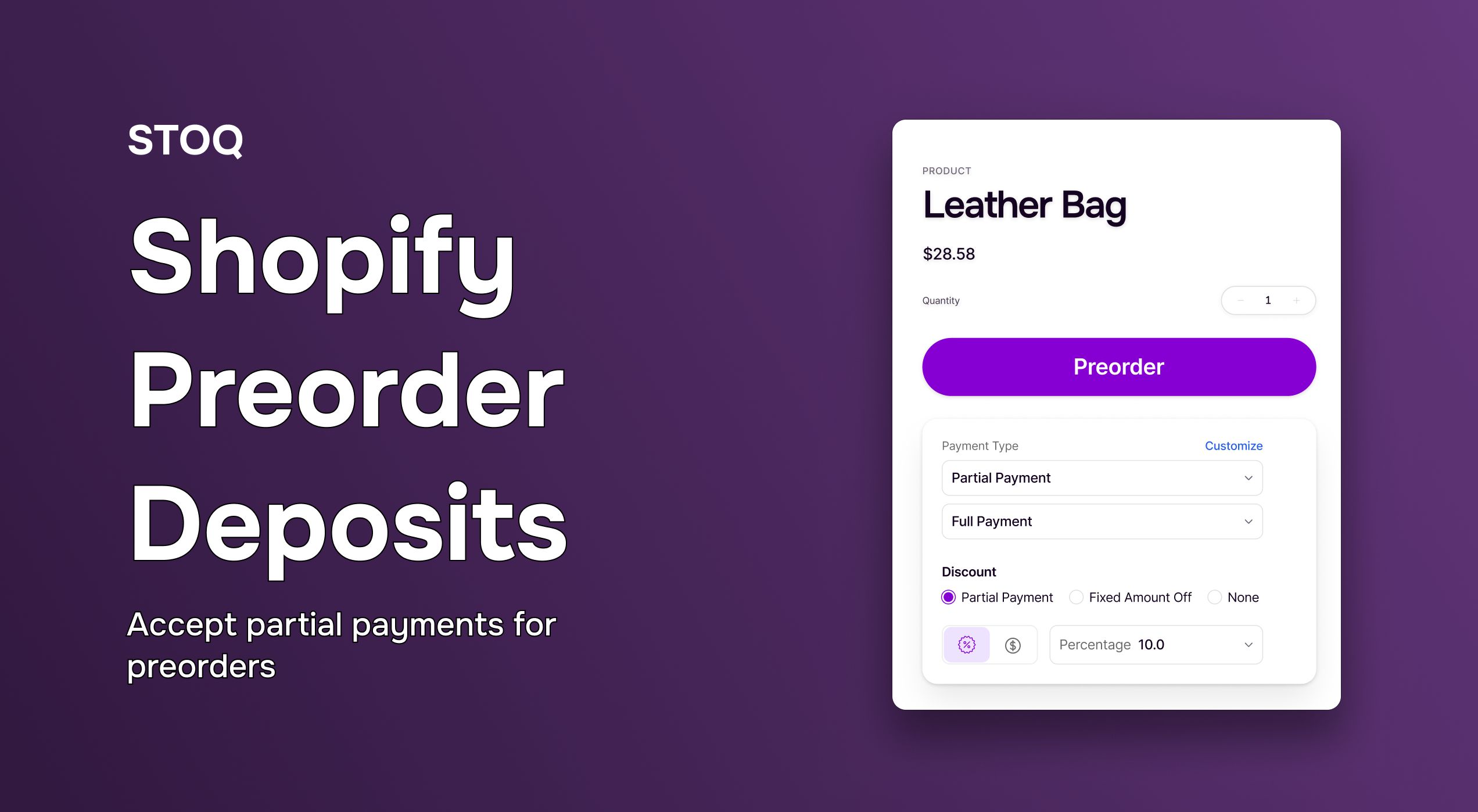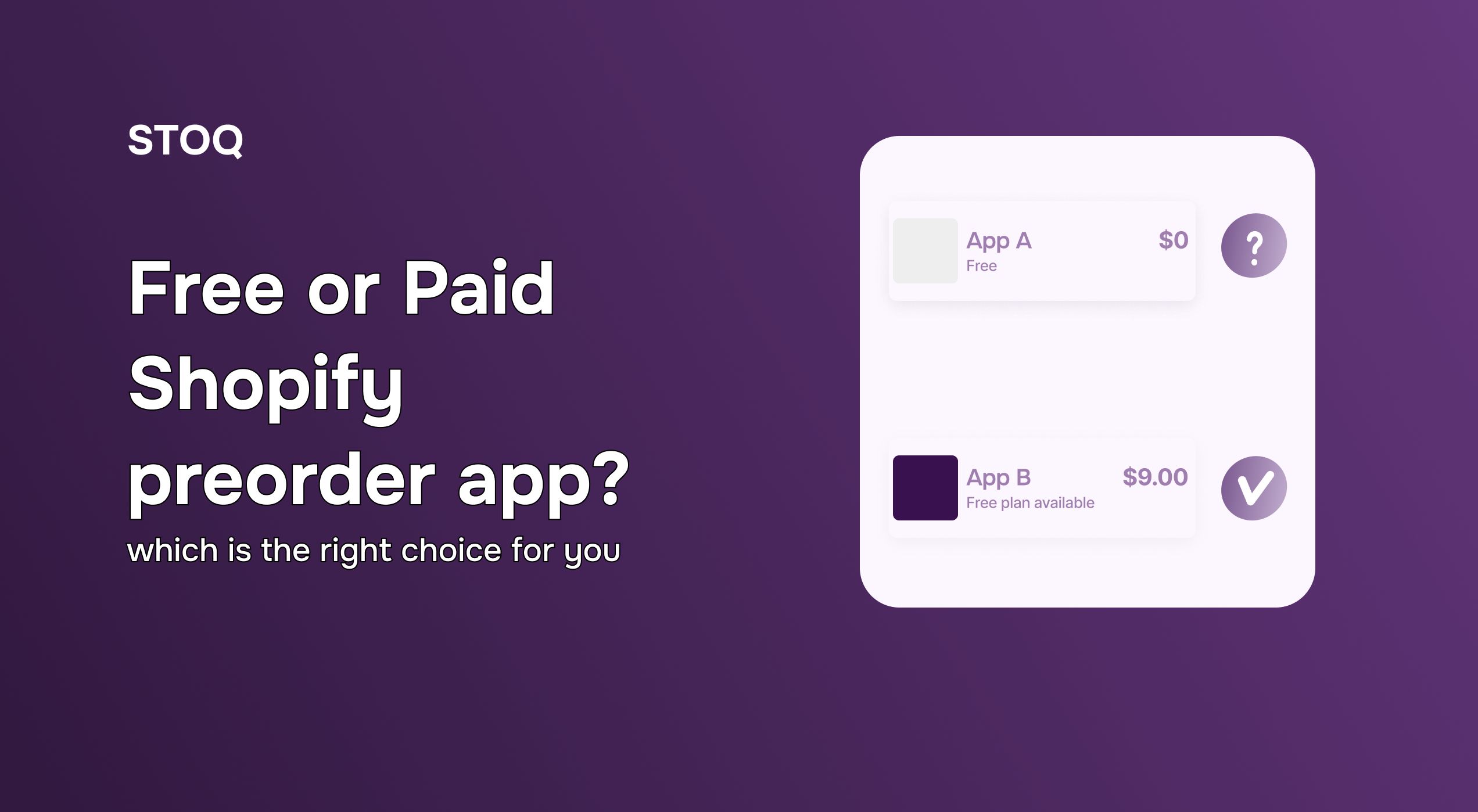15+ SMS Copywriting Tips for Shopify Back in Stock Alerts

Automated restock alerts on SMs are your one shot to bring a consumer lost to product stockouts. But how do you write messages that stand out, get clicked and convert into a sale almost instantly?
In this post, we’re sharing the best SMS copywriting tips for Shopify back in stock alerts with examples.
SMS copywriting tips for back in stock alerts
Here are some tips from the best converting SMS restock notifications we’ve seen brands use:
1. Start with what’s back
Your restock alert should be crystal clear. Lead with the product name or category so that the consumer knows what the message is about immediately.
Example:
[brand name] Your favorite [product name] is back in stock! Don’t wait - limited pieces only - [link].
2. Use urgency-driven words
Don’t give consumers too much time to think it over. Use phrases like ‘back now’, ‘just restocked’, ‘low stock’ or ‘selling out fast’ in your SMS copy to get them to act on the alert immediately and not leave it for later.
Example:
[brand name] Your size in [product name] is back in stock, but not for long. Tap to grab it now - [link]!
3. Add FOMO triggers
Almost 60% of purchases made online are due to the fear of missing out. Remind them that this item sells out quickly or that others are already buying to tap into FOMO - this gets them to act on the message right away!
Example:
[brand name] You’re not the only one waiting! [product name] is back and moving fast. Get yours before it sells out again - [link].
4. Mention the benefit
Another SMS copywriting tip you can use to follow-up on restock alerts is reinforcing why the consumer subscribed for the notification. Highlight the benefits or the value proposition the product has to offer.
Example:
[brand name] Get back to peak performance in running - [product name[ is finally restocked! Buy now - [link].
5. Include a call-to-action (CTA)
Never leave anything assumed. Tell the consumer exactly what to do next after receiving the notification. Keep the call-to-action simple.
Example:
[brand name] Still looking for [product name]? Well, it’s back in stock - tap to order before it’s gone again - [link].
6. Use personalization tokens
Whenever possible, include the consumer’s first name to personalize the back in stock alert. You can also include past product interest for the SMS to speak more directly to them and nudge them to come back to the store.
Example:
Hey [first name], your favorite [product name] is back in stock. Shop before it’s gone again - [link].
7. Use emojis to highlight emotion.
Sometimes words are not enough. Use emojis to add more personality, tone and energy to your SMS back in stock alert - but don’t overdo it!
Example:
[brand name] Your favorite [product name] is back in stock 🛍Shop now before it runs out - [link]!
8. Bring in exclusivity
Tell the consumers if the restock is limited, exclusive or available on early access. Exclusivity is as strong a purchase reason as FOMO owing to the changing market trends.
Example:
[brand name] VIP Early Access 🎉[product name] is back in stock - but only for the next 24 hours - [link]!
9. Use numbers smartly
Mention the time a product is available for or quantity limits if applicable. This helps you create a sense of urgency in your restock alert.
Example:
[brand name] Only 20 pieces of [product name] are restocked 😳Grab yours now - [link].
10. Include a discount
If applicable, make the restock alert a win-win situation for the consumer. Offer a discount on the purchase to bring them back faster and ensure your copy highlights it.
Example:
[product name] is back in stock and available at 10% off this week only 🎁 Shop now - [link].
11. Keep it conversational
Text messages are a regular channel of conversation for your consumers. Use a tone that makes your alert a part of their daily exchanges.
Example:
Yup, [product name] is back. You know what to do - [link].
12. Use scarcity language
Create a sense of urgency by using phrases like ‘only a few left’ to make your restock alerts convert. No one wants to miss on a good deal or a product twice!
Example:
Only 14 [product name] restocked and they’re already going out fast. Get yours - [link].
13. Create a visual with words
Although the character limit is restricting, you can paint a picture of the product in use through your restock alert.
Example:
[season] is here 🌞and so is your favorite [product name]. Back in stock - right in time! Buy now - [link].
14. Mention product popularity
Highlight how quickly the product sold out before. This nudges the consumer to act on the alert almost immediately.
Example:
Sold out in 3 days last time 🫢[product name] is back in stock. Get it while it lasts! [link]
15. Use capitals selectively
Emphasize key words like BACK or LIMITED, but don’t overuse caps. This helps draw the recipient’s attention to the important part of the SMS.
Example:
The [product name] is BACK! Just restocked in all colors. Don’t miss out - [link]!
16. Tease the next drop
Make one of the back in stock alert follow-ups a part of an ongoing drop calendar. This ensures if the consumer has bought the product from elsewhere, you get them interested in something related.
Example:
Back in stock today: [product name]. The next drop hits this Friday. Shop now - [link].
17. Reward action-takers
Give a bonus to those who click and order quickly. This creates excitement and a win-win situation much similar to that of discounts.
Example:
[product name] is back in stock. First 50 orders get a FREE sample of [another product name] - [link]!
18. Use curiosity sparingly
Try a mystery approach to re-engage the consumers. But ensure you don’t keep them waiting or confused.
Example:
Something you loved is BACK 👀Tap to see what made a comeback on our store - [link]!
Other tips to follow for SMS restock alerts
Here are some other best practices we recommend following to drive more conversions from automated Shopify back in stock notifications:
- Use brand voice consistently - Your SMS should sound like your brand does on the website, social media, email and other customer touchpoints.
- A/B test message formats - Try different versions of copywriting in your notification. Questions vs announcements, emoji vs none, etc.
- Include a shortened link - Always add a trackable short link to the product page or collection that has gotten restocked.
- Send at the right time - Even the best copy won’t convert when sent at the wrong time. Send your notifications at a time they’re more likely to shop - for instance, at lunchtime or early evening.
- Limit character count - Keep your messages under 160 characters to ensure they get read instantly.
- Follow up on your alerts - Don’t just send one restock alert. Automate follow-ups but don’t be repetitive; use different copywriting tactics to nurture the consumer’s interest in the restocked item.
Conclusion
Restock alerts have proven to help brands recover revenue lost to product stockouts. In fact, we researched and published a report on the impact of back in stock alerts for Shopify stores - download the report today.
But if you’re looking for an app that can help automate back in stock notification on SMS, install the STOQ app today.



.jpg)